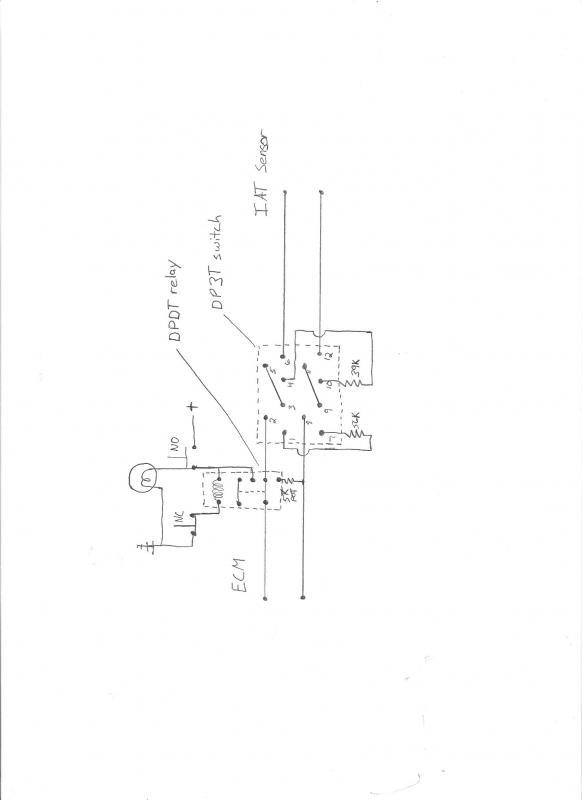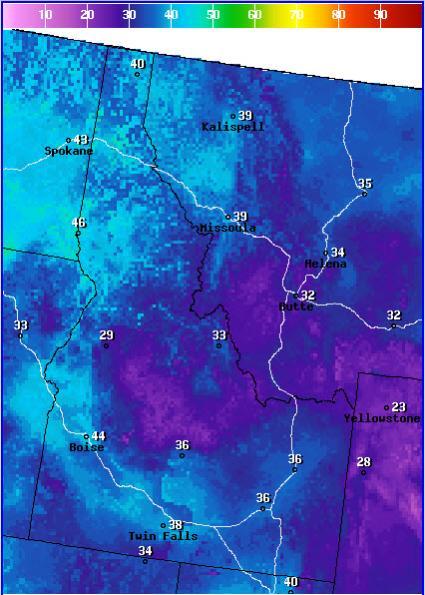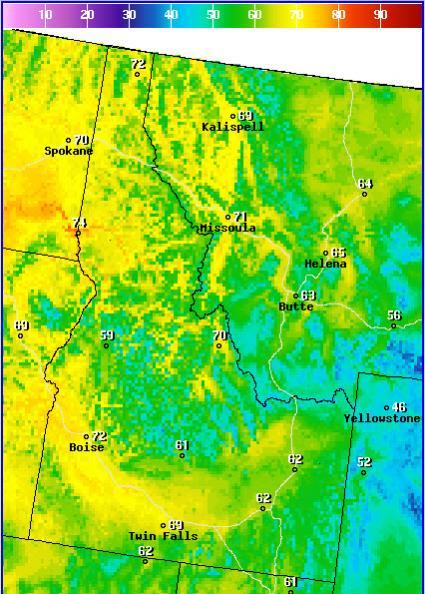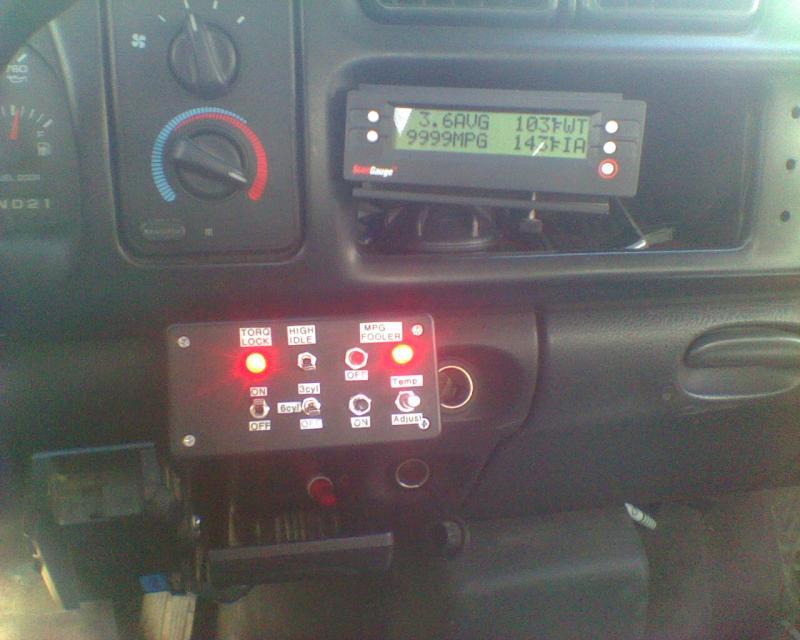Welcome To Mopar1973Man.Com LLC
We are privately owned, with access to a professional Diesel Mechanic, who can provide additional support for Dodge Ram Cummins Diesel vehicles. Many detailed information is FREE and available to read. However, in order to interact directly with our Diesel Mechanic, Michael, by phone, via zoom, or as the web-based option, Subscription Plans are offered that will enable these and other features. Go to the Subscription Page and Select a desired plan. At any time you wish to cancel the Subscription, click Subscription Page, select the 'Cancel' button, and it will be canceled. For your convenience, all subscriptions are on auto-renewal.
- Replies 429
- Views 72.5k
- Created
- Last Reply
Top Posters In This Topic
-
 Mopar1973Man 93 posts
Mopar1973Man 93 posts -
 ISX 67 posts
ISX 67 posts -
 flagmanruss 41 posts
flagmanruss 41 posts -
 SASQCH 41 posts
SASQCH 41 posts
Featured Replies
Did This Forum Post Help You?
Show the author some love by liking their post!
Welcome To Mopar1973Man.Com LLC
We are privately owned, with access to a professional Diesel Mechanic, who can provide additional support for Dodge Ram Cummins Diesel vehicles. Many detailed information is FREE and available to read. However, in order to interact directly with our Diesel Mechanic, Michael, by phone, via zoom, or as the web-based option, Subscription Plans are offered that will enable these and other features. Go to the Subscription Page and Select a desired plan. At any time you wish to cancel the Subscription, click Subscription Page, select the 'Cancel' button, and it will be canceled. For your convenience, all subscriptions are on auto-renewal.






Well gang... I've been playing with theories and ideas for long enough now its time to put them into a design and see if it actually works. We all know the 24V's seem to take a good tumble in MPG's as the winter sets in well ISX proved that with the 12V engines with static timing that MPG's don't change. Well if you look at it the only thing that could be tossing this out the window is the IAT sensor on the 24V is changing the VP44 performance. Most know that colder air produces better HP/TQ because colder air is denser and requires more fuel to keep balanced. Well if you reverse this and warm the air (in theory) the VP44 should retune and burn according to the manifold temp. So what I've done tonight is fished through my resistor pile and found 3 I'm going to use for test candidates. Orange - White - Red - Gold = 3.9K Ohm = 116*F IATRed - Violet - Red - Gold = 2.7K ohm = 132*F IATRed - Black - Red - Gold = 2.0K ohm = 148*F IAT So now tomorrow I'm going to pull 3 test runs on the same piece of highway... Seeing if the highier the IAT temp increases the MPG or not... I'll can give you something to think about... Grid heaters are NOT controlled directly by the IAT... With the 2.7K Ohm resistor in place before even starting the grid heater still where hitting as normal. So there is more to the grid heater that the IAT temps... ... On the cutting edge again...
With the 2.7K Ohm resistor in place before even starting the grid heater still where hitting as normal. So there is more to the grid heater that the IAT temps... ... On the cutting edge again... 